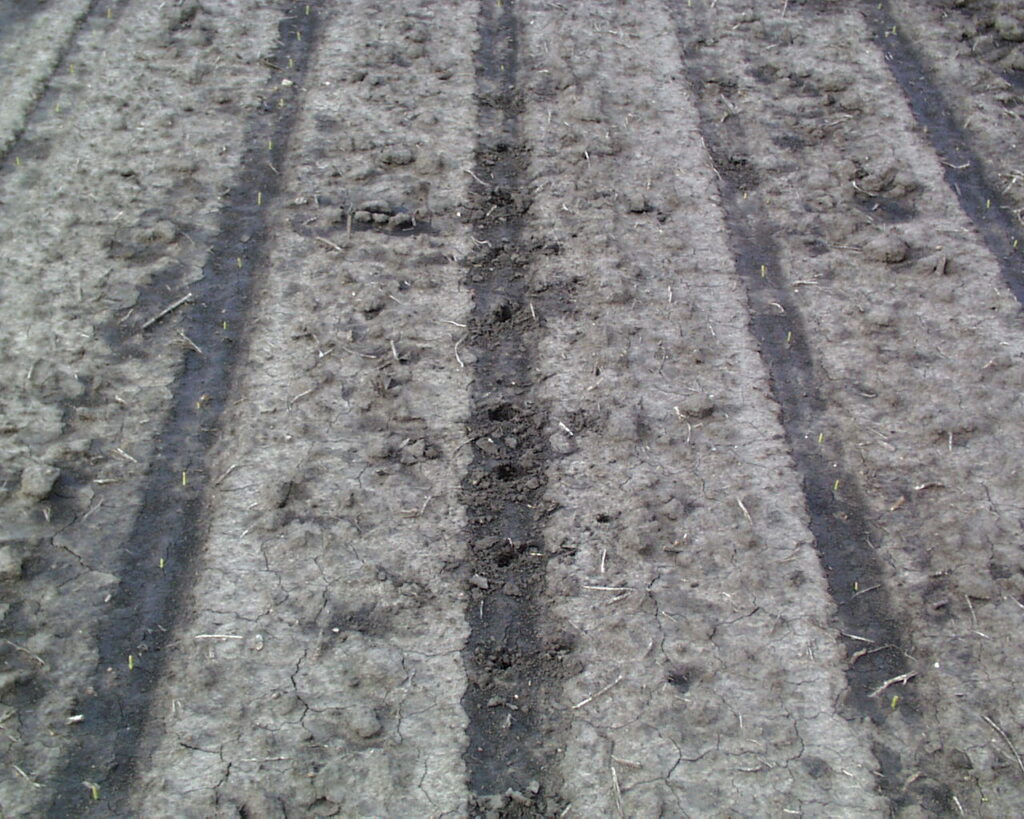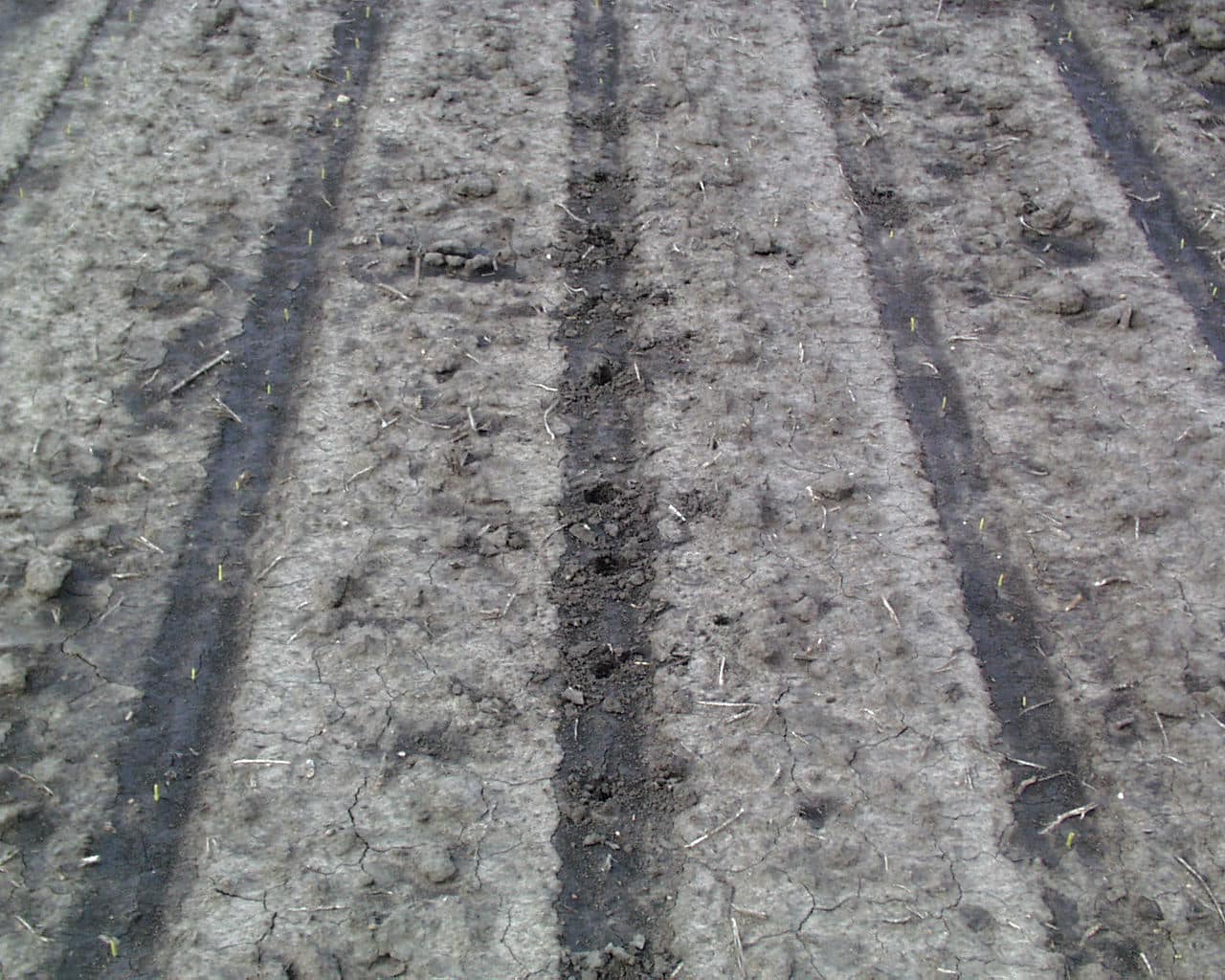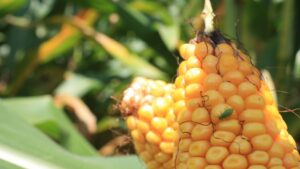Selling seed today is no longer just about the genetics in the bag. Yes, that’s a large piece of what growers are buying, but the total package can now include fungicides, insecticides, nutrients and more.
“Growers see the value in buying treated seed and genetic traits that protect their investment from disease and pest. It’s an insurance policy on their future yield potential,” says Ken Ballinger, VP, business and market development with Arkion Life Sciences. “They might not know how bad rootworm will be this year, but they know they want to protect their seed in case it is.”
For seed companies, adding value to the seed through unique trait packages and enhancements has been a way to differentiate themselves for the competition. That why Ballinger sees an emerging opportunity for seed companies in the area of bird predation protection.
Although bird damage to seed/fields is not officially tracked by the United States Department of Agriculture National Agriculture Statistics Service or state agencies, there are groups who are collecting the data on the impact of bird predation on farmers and conversely the ecological impact of agriculture on birds in agricultural areas. The numbers might shock you.
TABLE 1: Crop Loss Summaries 2008-2009
| State | Bird Species | % Affected Acres | % Stand Loss |
| Mississippi | Blackbird
Grackle Cowbird Starling Crow | 25%
5% | 10-15%
>25% |
| South Dakota | Pheasant | 15-20% | 8-10% |
| Wisconsin | Crane | 74% | 5-20% |
One blackbird can eat 20 seeds per day and migratory flocks often number 1,000 to 2,000 birds who can stay in one place for up to two weeks at a time. For sandhill cranes, a nesting pair can take 800 seeds per day, which is the equivalent of 15 acres of corn seed per season.
“Many growers often look to the traditional issues that cause poor stands. They can include poor seed, wet and cold soils or planter issues,” says Dan Propst, Midwest sales representative for Arkion Life Sciences. “If you have checked all the things that could cause poor corn stands, you should also consider bird damage.”
Propst explains that similar to the disease triangle there is also a bird damage triangle. When educating retailers and speaking with grower you need them to consider:
- Do you have local habitat near your fields?
- A food source – which is your seed: a highly desirable starchy food source for nesting birds
- Are birds present?

A few birds can create a yield loss if corn grows slow due to cool or dry soil, however, once the corn reaches the two-leaf stage it is generally safe from bird damage. “Once the seed is gone you have lost the full potential for that plant and you can then have weeds move in these predated areas,” Ballinger explains. “
Avipel is a seed treatment that can prevent damage to corn seedlings. The active ingredient in Avipel is anthraquinone, an organic chemical that occurs naturally in at least 94 known plant species and is non-toxic to birds. Avipel causes a negative gut reaction in the bird, which means the birds must eat some seed because the repellency to Avipel is a learned response.
According to Dr. Scott Werner, research wildlife biologist at the USDA National Wildlife Research Center, “We observed a positive concentration-response relationship among pest birds offered corn seeds and sunflower seeds treated with the anthraquinone-based repellent (the active ingredient in Avipel). Our laboratory efficacy data provides a reliable basis for planning future field applications of anthraquinone-based repellents, and the protection of agricultural crops (e.g., newly-planted corn), property and related natural resources from bird damages.”
“At current prices, you only need about 1.5% to 2 % yield loss to pay for the addition of Avipel to your seed treatment package,” says Ballinger. “The bird problem isn’t going to go away and in many areas, it is only increasing. For seed companies who are looking to offer new value to their customers, Avipel could be a market differentiator.”












